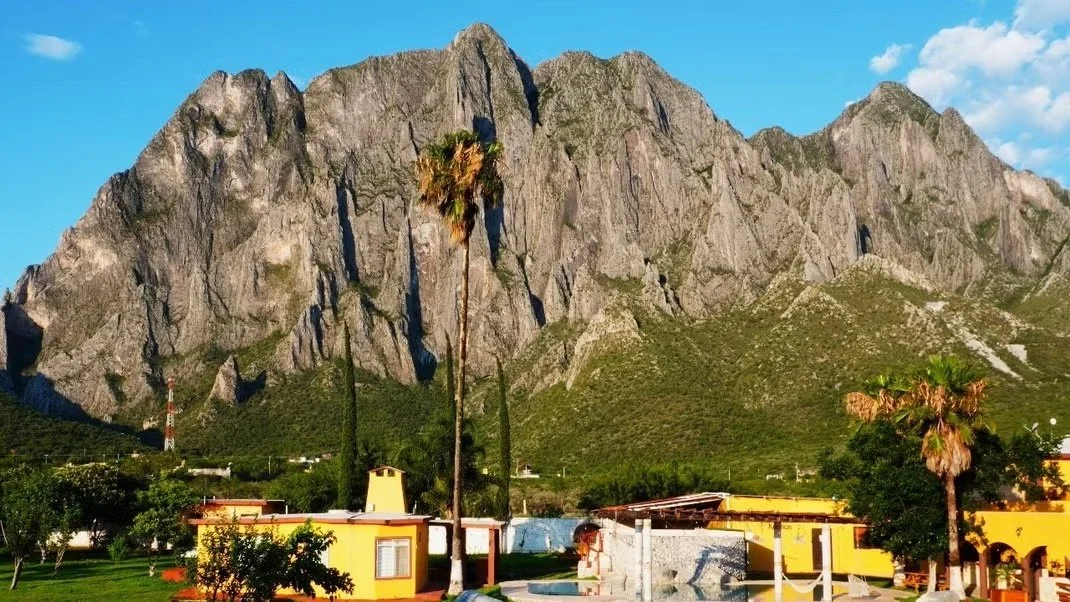PAULINA PEÑA MEDIA
Photo by Paulina Peña
Cochamó Valley, Chile
High FA potential in a newly protected wilderness area and granite paradise
As a Chilean-American climber with family roots just two hours from Cochamó Valley in the Patagonia Los Lagos region, this climbing paradise holds a special place in my heart. Last March, I hiked through the infamous Patagonian rain during the breathtaking 13-kilometer jungle trek to La Junta Refugio, where towering granite walls emerge from the clouds like something from a dream.
After that first glimpse of the valley, I understood why Cochamó is often called climbing’s last frontier—wilder than Yosemite, less crowded than El Chaltén, and with rock quality that would make Torres del Paine jealous. What makes it exceptional is how untouched it remains despite its enormous potential. You’ll find splitter cracks running hundreds of meters, faces that have never been touched, and the rare privilege of naming your own route on some of the most perfect granite on earth.
I know I’ll be returning in 2025 because the valley is hitting its prime. I’ve watched new routes go up each season. Recent documentation efforts make navigation more accessible for international climbers. I’m proud that conservation efforts are preserving the Patagonian wilderness I love in its purest form.
This isn’t beginner territory—when I first came to climb here, I was humbled to find most multi-pitch routes start at 5.10c/6b+ and range from eight to 30 pitches. For comprehensive beta, I’ve found Mountain Project and the Cochamó Climbing website to be essential resources.
Pro tip from my experience: Plan for two weeks minimum and visit during the prime climbing season, from December through late March. Embrace the remoteness and weather as part of the experience. Reservations at authorized campsites are mandatory—respect this requirement as it helps preserve this pristine wilderness. If it rains, head to Pared Seca wall, which stays dry and offers quality cragging from 5.6 to 5.13.
—Paulina Pena, Chilean-American climber and outdoor photographer



